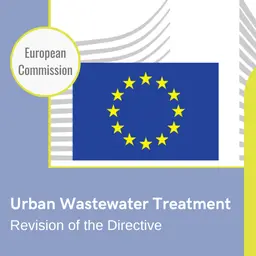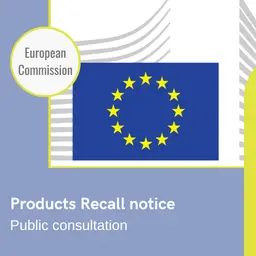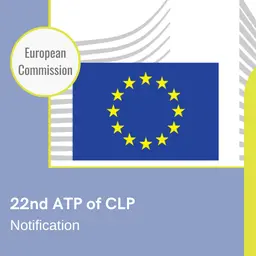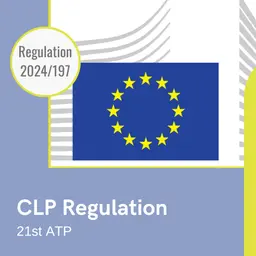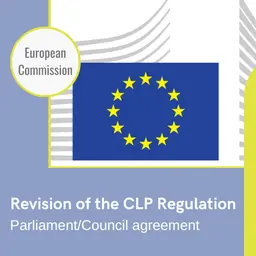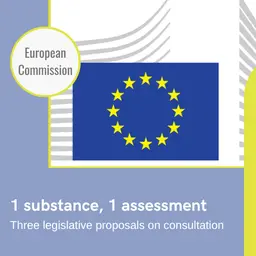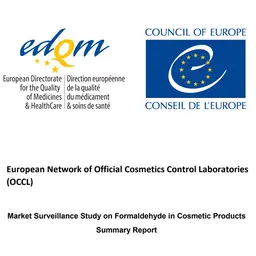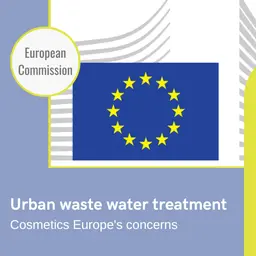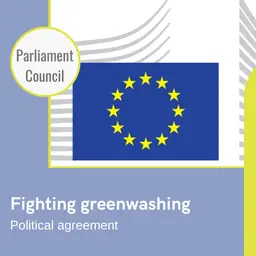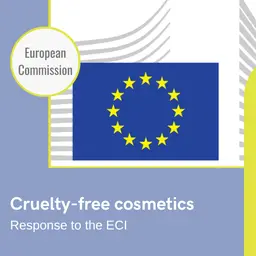
On 30 December 2021, the Commission published in the Official Journal of the European Union its new Recommandation on the use of the Environmental Footprint methods to measure and communicate the life cycle environmental performance of products and organisations. It replaces the previous text on this subject from 2013 containing detailed instructions on how to model and calculate environmental impacts and replaces the previous text on this subject from 2013.
The environmental footprint methods build on existing, internationally accepted practices, indicators and rules, and enable companies to measure and communicate their environmental performance and thereby compete on the market based on reliable environmental information, the european Commission explains.
Background
In 2013, the Commission adopted Commission Recommendation 2013/179/EU to promote the use of common methods to measure and communicate the life cycle environmental performance of products and organisations. It recommends their use to Member States, companies, private organisations and the financial community, and contains two annexes establishing the proposed methods.
The Commission established a framework for developing further the Environmental Footprint methods with the participation of a wide range of stakeholders, including industry, and particularly SMEs, through a pilot phase.
In the pilot phase running from 2013 to 2018, the development of product-specific rules (Product Environmental Footprint Category Rules, PEFCRs) and sector-specific rules (Organisation Environmental Footprint Sector Rules, OEFSRs) was tested with the active participation of stakeholders, resulting in the finalisation of 19 PEFCRs and 2 OEFSRs.
The Environmental Footprint methods were also updated on several technical aspects, such as:
1) application of the materiality principle (‘act where it matters’);
2) the definition of a benchmark corresponding to the Environmental Footprint …

